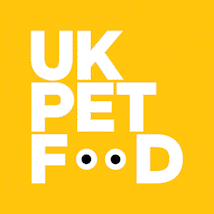What's In Dog Food
It is important to remember that the nutritional needs of a dog are distinct and different to humans.
Did you know that a dog is an omnivore and requires 37 essential nutrients? These are classified into 6 main nutrient groups. They are water proteins, fats, carbohydrates, vitamins and minerals.
To achieve the right balance of nutrients pet food manufacturers blend mixtures of ingredients including meat and fish, vegetables, cereals, vitamins and minerals to produce foods that will satisfy the nutritional requirements of your dog. Dog owners who feed a complete commercial dog food can have confidence they are addressing their dog’s nutritional needs.
Over the decades pet food manufacturers have developed the nutritional expertise to ensure they incorporate the latest advances in pet nutrition. Pet food manufacturers produce products in line with the FEDIAF (European Pet Food Industry Federation) Nutrition Guidelines and the NRC Guidelines (National Research Council). These guidelines detail the nutritional requirements of dogs at varying life stages and they are regularly reviewed by independent nutrition experts throughout Europe and the United States.
There is also strict legislation governing what ingredients can be used in the manufacture of pet food. This legislation is laid down by Europe and also applies to imported commercially prepared pet foods.
The broadening knowledge of pet nutrition and food technology has transformed the pet food industry remarkably over the years. It is now widely recognised by the veterinary profession that pets are living longer, healthier lives as a result of improved nutrition.
Dog food characteristics for a healthy dog diet
Complete – provides adequate amounts of all the required nutrients
Balanced – the nutrients are present in the correct proportions
Digestible – your dog is able to digest the food and absorb the nutrients
Palatable – appealing enough to be eaten
Safe – free of toxins or anything which could harm a pet
Dog Food Ingredients
Animal Derivatives
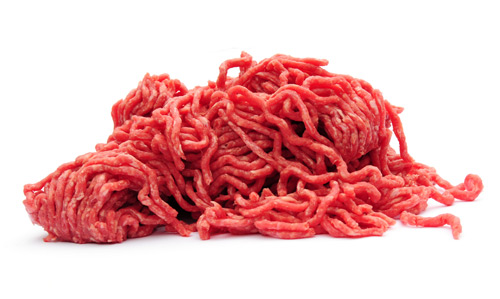
Meats are generally good sources of protein, essential fatty acids, iron and some B-group vitamins. They also increase the palatability of a product and have a high digestibility.
PFMA members use by-products of the human food industry that come from animals slaughtered under veterinary supervision. These materials meet the very high safety and quality criteria laid down by regulations.
Please see the legislation section on our website: Pet Food legislation
Members only use materials from species which are generally accepted in the human food chain. The members use materials of beef, lamb, poultry, pork, fish, rabbit and game. A copy of our raw materials policy can be found on our website.
Fish
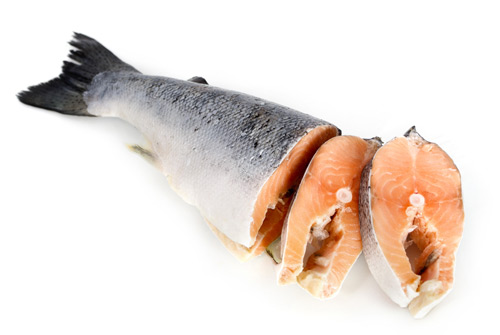
Fish is a good source of high quality protein. Fish muscle contains iodine. Because bones are frequently ground when preparing the fish, a good source of calcium and phosphorus is also provided. The flesh of oily fish contains vitamin A & D and omega 3. Fish are commonly divided into two groups; white fish - haddock, plaice, cod, whiting and sole; oily fish - herring, pilchards, mackerel, sardines, tuna, salmon and trout. If you would like to find out more about the specific fish used in a particular pet food, please contact the manufacturer.
Dairy products and eggs
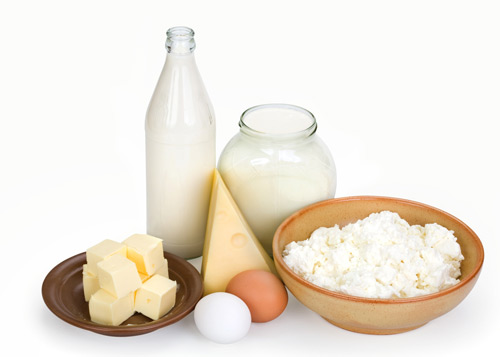
Dairy products and eggs provide high quality and digestible protein. Dairy products also provide calcium and a number of vitamins. Examples of dairy products used in pet food include cheese and milk products.
Vegetables
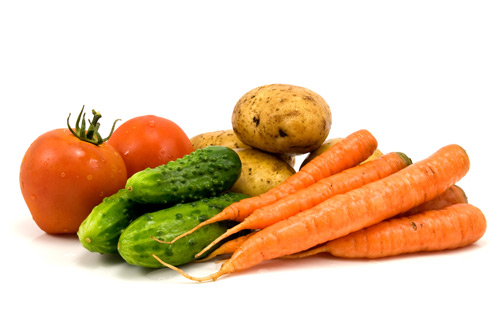
Vegetables provide a great source of vitamins, minerals and fibre. Soya beans provide a source of protein and energy, omega 6, B vitamins fibre and minerals.
Cereals and cereal by- products
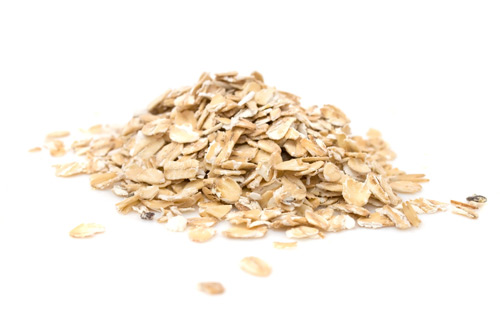
Cereals provide an important source of energy, a proportion of protein and other nutrients including thiamine and niacin. Although dogs have no absolute dietary requirement for carbohydrates, they present an excellent energy source in an easily digestible form. Good sources of carbohydrates in pet foods are usually cereal based such as corn (maize), rice, wheat, barley or sorghum. Certain fibres ,for example, moderately fermentable fibres such as beet pulp or rice bran) can also have additional beneficial effects on the health of the digestive tract (Hand, Thatcher, Remillard, Roudebush: Small Animal Clinical Nutrition: 4th Edition, pp 1192)).
Fats and oils (animal and vegetable)
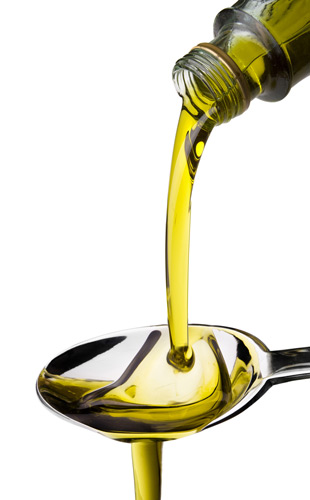
Fats and oils provide a supply of energy and essential fatty acids. They are important for optimal health, including kidney function, reproduction and a glossy coat. There are 2 different types of essential fatty acids (EFAs) – omega 3 & 6. Some fats also supply a source of vitamins A, D, E & K.
Vitamin and mineral supplements
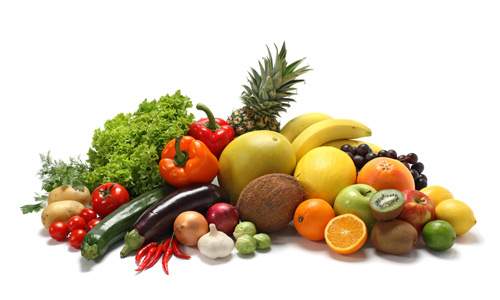
A supplementary supply of vitamins and minerals may be added to ensure dogs are receiving the required daily dietary intake.
Sodium and chloride
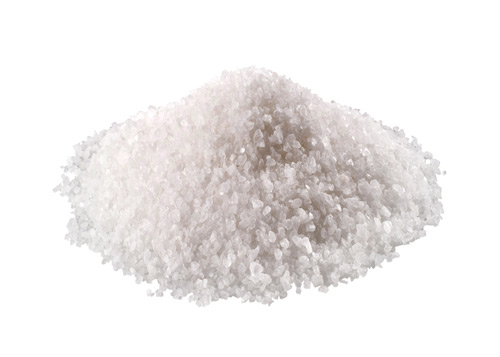
Sodium is an essential nutrient for dogs and along with chloride is important for fluid balance in the body. Good sources of sodium in dog food include meat, poultry, fish, and eggs. Sodium may also be included in prepared pet foods in the form of table salt (sometimes listed on the ingredients panel as salt) to enhance taste.
NB The National Research Council lays down guidelines on sodium levels for dogs and cats. Although sodium levels in human food can present a human health issue due to the risk of hypertension, sodium levels in prepared pet food are not a cause for concern in healthy adult dogs and cats. The physiological make up of a pet animal is quite distinct from that of a human. Healthy dogs and cats are actually able to consume diets with higher sodium levels than those found in most prepared pet foods without any adverse effects such as increased blood pressure or gain in body water. While a higher sodium intake may cause increased thirst and water consumption, the extra sodium is excreted without problem in the urine (Luckschander. N, Iben. C, Biourge. V, Journal of Veterinary Medicine 16: 354 ). In pets with disorders such as heart or kidney disease reduced salt diets may be advised. Such disorders must be discussed with a vet and appropriate dietary advice followed.
Various sugars
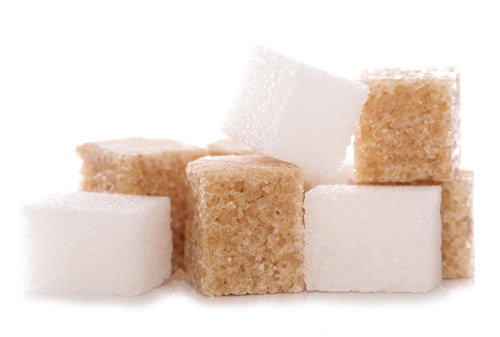
The term "various sugars" is a category description, which may refer to sucrose (cane sugar, commonly known as table sugar), fructose and glucose, all of which are natural products present in fruit, vegetables and cereals.
Some manufacturers may add sugar to pet foods as an energy source. Dogs can easily convert sugar in to usable energy through normal digestion.
Manufacturers may also add very small amounts of sugar to assist with the cooking process. When sugar is cooked along with meat it results in browning of the meat and the production of natural sugars, (just the same as those produced in the cooking of the Sunday roast), this provides a pleasing colour and enhances palatability.
If sugar is included in addition to that which naturally occurs in the ingredients, levels are carefully controlled to ensure nutritional balance and palatability.
Additives
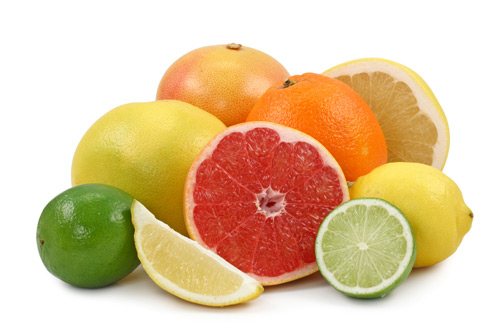
Additives which can be used in pet foods include vitamins, flavours, preservatives, antioxidants and colours. Most of the additives used in pet food are also used in our foods. PFMA members only use legally permitted additives and only in the smallest amounts possible.
Preservatives can be artificial or natural, but either way they work by preventing the spoilage of food ingredients just like in our food.. It is therefore critical to have methods to prevent this deterioration and maintain high quality, nutritious, and palatable foods. Canned pet foods are protected from spoilage by their airtight storage in the can, but dry foods, even with modern packaging, must include preservatives to maintain the quality and safety of the food.
Natural preservatives, tocopherols (vitamin E) and ascorbic acid (vitamin C), are the most commonly used in pet food. All preservatives either artificial or natural must be included in the ingredient list on the food's label.
Antioxidants Dietary antioxidants play a substantial role in the long term health and well being of dogs. Some manufacturers may add biological antioxidants e.g. vitamins C & E and selenium, to pet foods to help support good health and neutralise free radicals.
Any pet owner who is interested in obtaining further information on the ingredients of a specific pet food product should look at the label on the packaging. If there are any additives present this will be indicated by a statement such as, “Contains EC permitted antioxidant”. The enquirer should then contact the company directly, using the name and contact details on the packaging, to ask which additive it contains.
